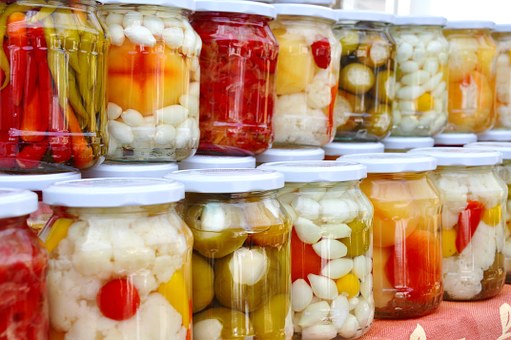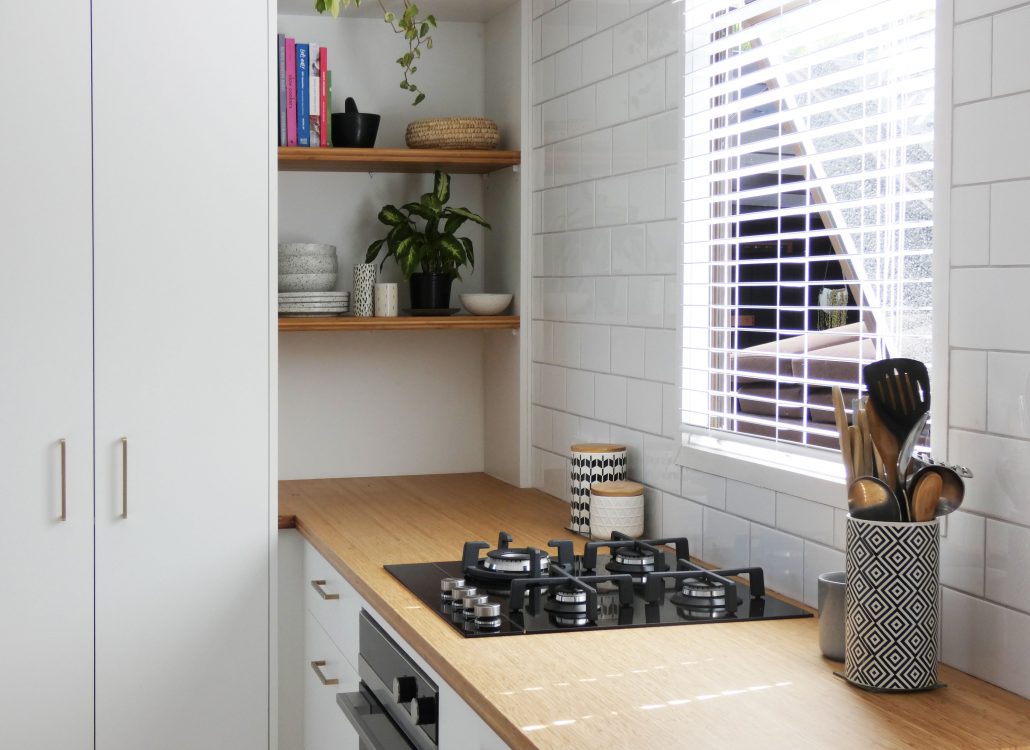Let’s talk fermented food, this is a study health practitioner’s have been really looking into and what they have found is absolutely astonishing .
Recently, naturally fermented foods have been getting a lot of attention from health experts these days because they may help strengthen your gut microbiome (the many bacteria and microorganisms that live in your digestive tract). The wonderful health experts and practitioners have been beginning to link these tiny creatures to all sorts of health conditions.
The fermented foods are preserved using a process that not only increases the foods shelf life and nutritional value but can also give your body a dose of healthy probiotics which are live bacteria crucial to healthy digestion.
Keeping in mind not all fermented foods are crated equal, this means the fermented foods are giving your body beneficial probiotics, this only occurs when the fermenting process is done naturally (doing it yourself seems to be the best way) Live cultures are found in not only yogurt but also in pickled vegetables called kimchi (Kimchi is a Korean vegetable), sauerkraut, and in some original pickles. Typically, the jars of pickles you can buy from the supermarket are sometimes pickled using vinegar and not the natural fermentation process using those important, good, live bacteria – this means the supermarket ones don’t really have any benefits apart from tasting great!
Here is a recipe we found online for how-to do this process yourself, feel free to share any recipes you may already know of as well!
- 2x cups water (filtered/spring water)
- 1x TBSP of sea salt
- A few hot chilies (to taste) sliced
- 1x Carrot cut into rounds.
- 2x cups chopped cauliflower
- 3x stalks celery (use only small inner stalks from the heart), cut into sticks.
- 1x bay leaf
- 1x cabbage leaf (rinsed)
- 2x TBSP apple cider vinegar
Warm the water (don’t boil), stir in the sea salt until it dissolves. Set aside to cool down then add the vinegar.
Place your jar in the sink and fill it with boiling water to sterilize. Empty the jar and put all the vegetables and bay leaf. Pour the vinegar mix over the vegetables to fill the jar (don’t fill the whole way, fill it till it’s about an inch from the top). Place the cabbage leaf over the top of the vegetables and tuck it around the edges to hold the vegetables beneath the liquid.
Set jar on the bench-top and cover with a special fermentation lid. (you can use a standard lid and loosen it by a fraction each day for the first couple of days just to allow gasses to escape.) Let the mix pickle for three to five days. Check the taste after a couple of days. Vegetables will pickle faster in warmer climates. Make sure the vegetables stay packed beneath the level of the liquid and add salted water (2 teaspoons sea salt dissolved in 1 cup warm water) as needed.
When the vegetables are pickled to your liking, seal the jar with a regular lid and refrigerate. Vegetables will continue to slowly pickle in the refrigerator. They will keep for about one month. Taste for saltiness before serving , if desired rinse gently to remove excess salt.




